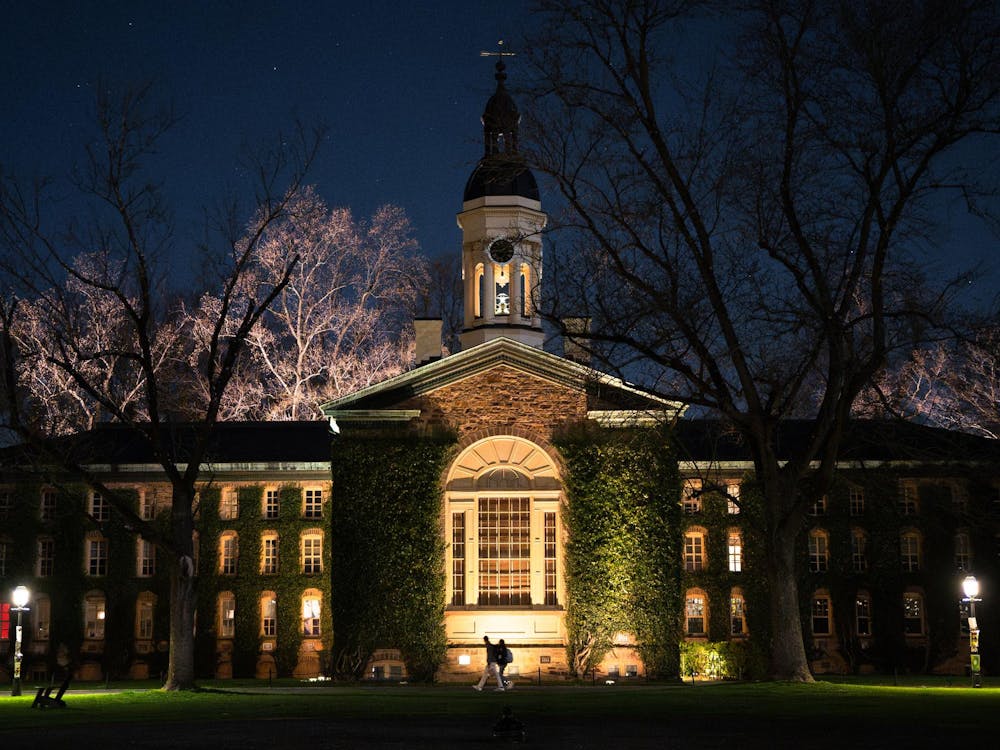Many have already drawn parallels between the cases of Shaima Alawadi, who was brutally murdered in her home on March 21, and Trayvon Martin, who was shot and killed less than one month prior. In the case of Alawadi, she was found savagely beaten in her California home with an alleged note left next to her body saying “Go back to your country, you terrorist,” among other hateful messages. She died in the hospital three days later. Trayvon Martin was murdered on the street less than 100 yards from his home. New evidence is surfacing every day, suggesting George Zimmerman’s (Trayvon’s killer) initial claims that the shooting was not inspired by racism are doubtful, to say the least.
I was shocked by the hatred that allowed a person to murder a fellow human being in cold blood. I was even more disturbed by the fact this hatred was seemingly motivated by nothing more than racial and religious prejudices based on the way the victims looked and what they wore. Hoodies and hijabs are only two items of clothing, but they are often misunderstood in popular culture, and, as these killings demonstrate, they can be the symbolic focus and manifestations of underlying societal prejudice. That being said, both cases are still under investigation, and rather than focus on the details of either case, I would instead like to discuss the bigger picture: how we as a society address the environment that nurtures such deadly prejudice — or any prejudice, for that matter — and allows such tragedies to take place.
I use the word ‘nurture’ to suggest that the society that we live in does not effectively address the issues of racism and prejudice. Formally, we pride ourselves on our ability to be inclusive, in the workplace or at the University, but rarely is this followed by the more significant individual critical self-evaluation of our beliefs and attitudes toward people with different races or religions that is necessary to eradicate this prejudice. Why is it that only when prejudice shows itself in such an extreme way do we finally feel the need to begin talking about this issue? I am afraid that this by itself may reflect latent and deep-seated prejudices on the part of many who, like Zimmerman, continue to view their fellow Americans of a different race or religion with unjustifiable suspicion and prejudice.
So, to effectively combat this prejudice, we must first look at how culture dictates we deal with diversity and whether or not this directly opposes prejudice. The idea that being silent about social differences is tantamount to eliminating prejudice is false. Apathy or avoidance may feel like the right way to approach these issues, but if we as a society do not truly appreciate and respect diversity, we cannot hope to be able to confront prejudice at its core.
An emotion as strong as hate — one closely associated with prejudice — cannot be countered by indifference, but rather, by mutual respect. Consider this: Tolerance is the word that we use to describe our relationship with people who are in some way different from ourselves. It is also the same word that someone camping in the woods might use to describe his relationship with the mosquitos that annoy him. He tolerates the mosquitos, not because he respects them, but because he is forced to be in close contact with them. If he had the ability, he might like to kill them or, at the very least, create a barrier between himself and those mosquitos. So, too, is the end result of being no more than tolerant of other religions, races or nationalities.
We as students should strive to do more than just tolerate people coming from different ethnic, racial and religious backgrounds. We should try to respect the diversity, and its individual elements, that so beautify our very own campus. Here I would argue that the only way to truly respect someone else’s beliefs, race or ethnicity is to have a deep understanding of it. If I do not understand what someone believes, how he thinks or how he feels, how can I claim to truly respect him?
In this spirit, the Muslim Students Association is working with different student groups of various backgrounds to present “Hijabs and Hoodies: A Call for Solidarity and Social Justice,” an event to be held on Thursday, April 12. We are encouraging students to wear hoodies or headscarves in an effort to show solidarity with all past, current and potential victims of hate crimes. Additionally, we will have a table in front of Frist where students can come by and talk about these issues or get headscarves. Through events like these that promote mutual respect and understanding, we hope to chip away at the prejudice that can be so destructive to our society.
Ismael Catovic is a freshman from Belle Mead, N.J. He can be reached at icatovic@princeton.edu.







